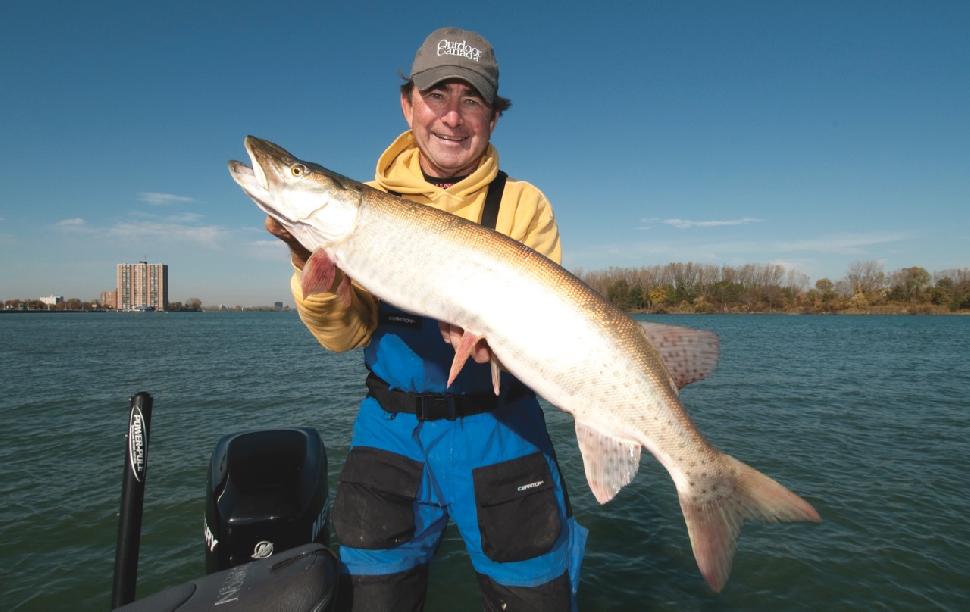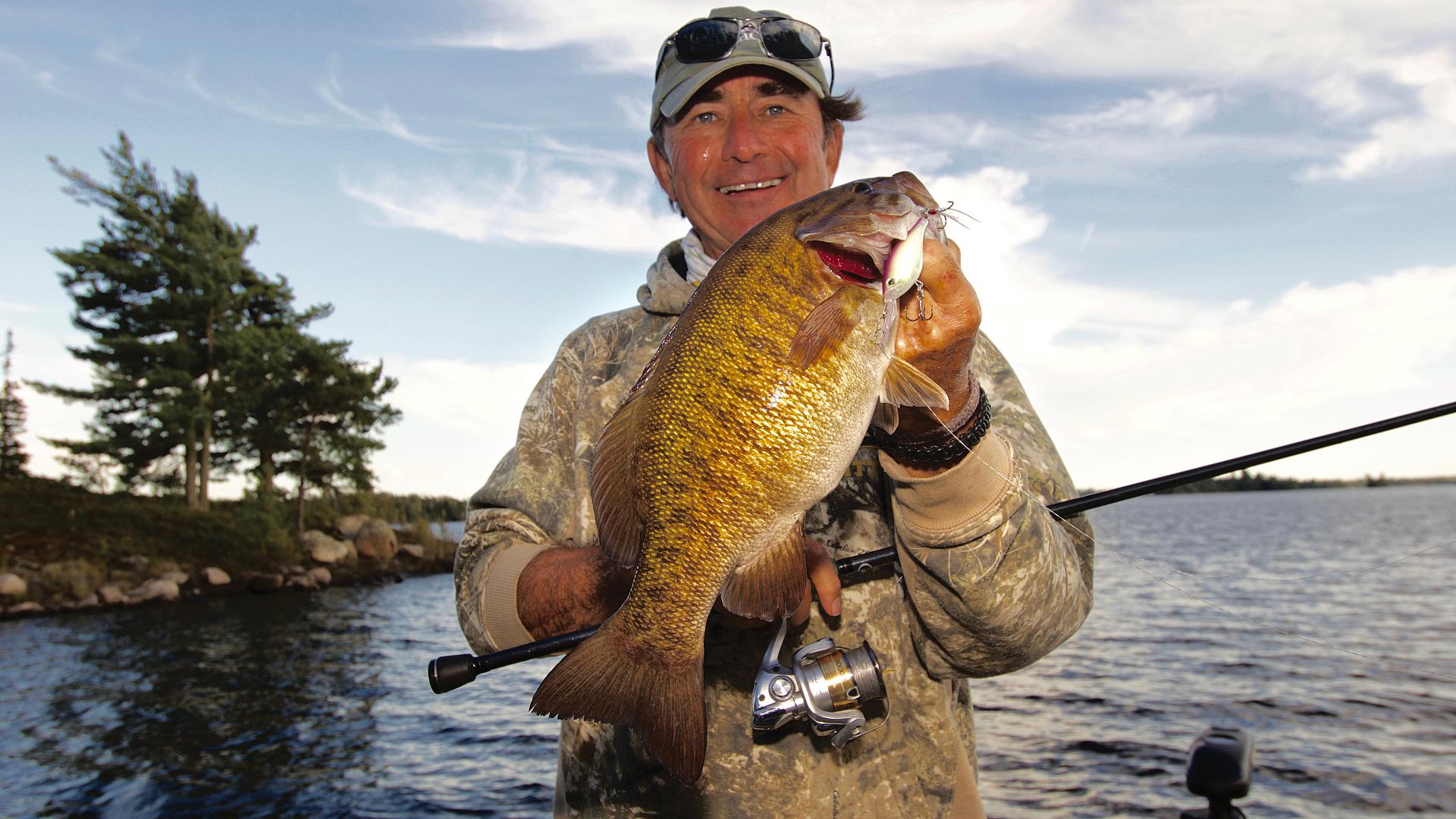FINDING FALL'S FISH
When lake temperatures change in the late season, the fish scatter and get tougher to catch—unless you know where to look
Advertisement

#1 LISTEN TO THE LAKE
In summer, lakes are stratified into a warm upper layer and a cold lower layer, with an extremely important barrier separating the two. This barrier is the “thermocline”—that thin band of water where the temperature rapidly drops. If you turn up the power on your sonar, you can clearly see the thermocline as a fuzzy, black band that’s eight to 12 feet thick.
For gamefish, this temperature barrier is virtually impassable. Warm- and cool-water fish such as bass, black crappies, muskies, northern pike, walleye and yellow perch are restricted to the layer above the thermocline. Think of this as the top floor of the chocolate factory. Cold-water-loving burbot, lake trout, salmon and whitefish, on the other hand, are locked into the lower level below the thermocline—the ground floor of the factory.
Advertisement
The thermocline layer also has another interesting property—it’s home to vast quantities of phytoplankton and zooplankton, which attract important forage fish such as alewives, shiners, smelts and especially ciscoes. Indeed, the thermocline is such a rich seam of food that biologists sometimes refer to it as the “ciscoe layer.” Because there are so many baitfish crammed into the narrow thermocline, warm-water fish living above it will swim down and dine along its upper edge. Similarly, cold-water species below will slide up and feast along the lower edge.
But in fall, nature mixes things up—literally. As autumn nights grow colder, the surface water cools. At first, it’s only the top few inches, but since cold water is heavier than warm water, this cooling water soon sinks and mixes with the water below, chilling it, too. This process is enough to begin chipping away at the thermocline layer.
The mixing is sped up even further by autumn breezes, which stir up the water, and ever-cooler evenings until the thermocline is completely dissipated. When that happens, the water temperature becomes consistent from the top to the bottom of the lake, creating the process we refer to as “fall turnover.” It’s also nature’s way of bringing oxygen-depleted water up from the bottom of the lake, and replacing it with oxygen-rich water from the surface.
Advertisement
As an angler, you need to appreciate that the fish are now free to roam and feed in every part of the lake, including those areas that were off limits to them all summer. The trick now is to figure out where the fish are likely to be feeding.

